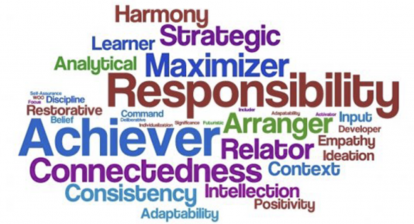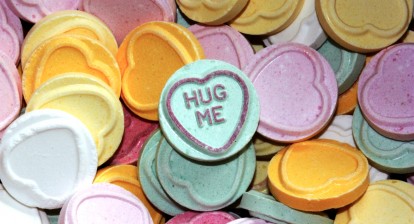The cycle of stress
When stress spills over into exhaustion and people suffer anxiety, panic and anger – all symptoms of stress overload – this can adversely affect physical and emotional health. When we’re in these states, where our fight or flight responses are calling the shots, then the decisions (or rather unconscious reactions) we make create self-perpetuating cycles, which lead to more stress. These stress cycles can ultimately put us at risk of experiencing feelings of anxiety, depression and burnout. This process is a downward spiral of stress, and recognising when you’re moving in that direction is key to breaking the pattern.
How to break the stress cycle
To break a habit cycle requires us to seek its source. And the cycle begins with a trigger or activating event.
Let’s take the example of your boss giving you extra ‘urgent’ work. This trigger ignites a belief — this is like our short-cut filter — that your boss doesn’t really care about you. Maybe you’ve an important family commitment that’s now been compromised and your boss is known to be an uncaring bully. So this belief that you’ve an uncaring boss kicks in. This belief then colours your emotions and your behaviour. You feel picked on, you feel anger and powerlessness, and you respond by becoming passive aggressive. (This process of beliefs affecting our emotions, feelings and behaviour is at the heart of CBT.)
We think our behaviour is a direct result of the trigger — it isn’t. Different people react in very different ways to the same trigger. To break the cycle we have to realise that our behaviour is a result of our beliefs and mindset not just the trigger. It’s really important that we recognise that it is our mindset that determines how we react / or how stressed we feel — because then we can have control over the situation we can start to manage our stress levels more proactively.
Think of a recent stressful event. How did the stress cycle play out…
- What was the trigger?
- What was your belief that made you feel stressed?
- What did you feel?
- How did you react?
Once you’re aware of your knee-jerk reactions then you change the pattern by thinking differently. And you can ask yourself:
What new belief would change the way you react (to that trigger) in future?
Self regulation, self care & stress management
To break the cycle we need to realise that our behaviour is a result of our beliefs and mindset not just the trigger. It’s our mindset that determines how we react or how stressed we feel. Then we can start to manage our stress levels more proactively. This is not just about positive thinking or reframing – it’s about about being responsible for your own well being – caring for yourself – and not relying on others to second guess what you need or look after you.
And new research is showing that a key part of self care is having a good level of self esteem. People will healthy levels of self esteem have higher levels of emotional intelligence and are better at self care – they take time to become aware of their emotional states and how these are affecting them, they accept their emotions (rather than avoiding them or labelling then), and they are kind to themselves.
How to de-stress yourself & your team: Stress Management and Resilience online workshop
My stress management course looks at the stress cycle, how we react to stress, and why self care is crucial to dealing with stress.
Best regards
Sonia Gavira, course tutor for Unchainyourbrain.org’s How to de-stress yourself & your team: Stress Management and Resilience online course







